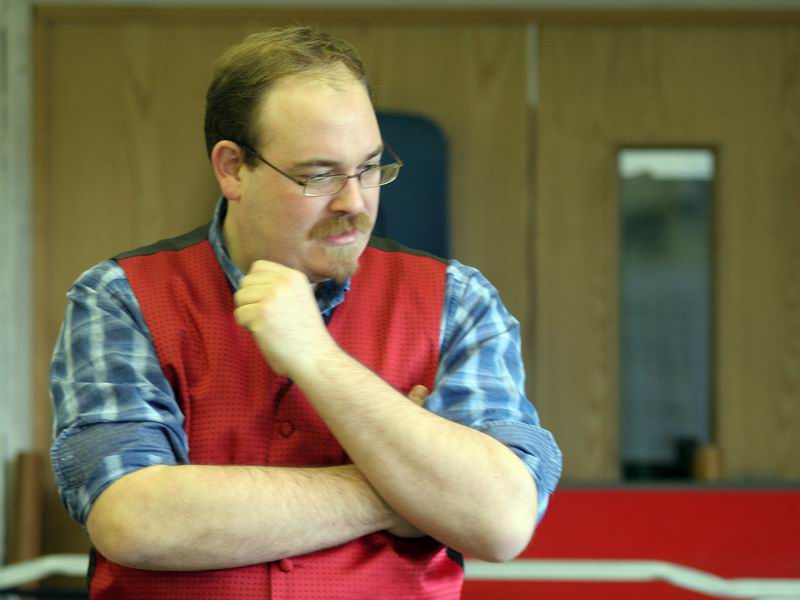
Progress
This week I finally finished two significant units from IV Kolonne: HusR10 ‘Stipiscz’ and IR22 ‘Coburg’. These are significant milestones and I am very happy to be past them. Already underway is IR55, which only fielded less than 700 at Aspern-Essling, so although I have figures for two full battalions I am only looking at doing one for the time being. I will get round to doing the second battalion when things are a little less focussed on A-E and Wagram, also on the stocks is ChlR6 ‘Rosenberg’. In fact, for IV Kolonne, that only leaves the 3 battalions of IR9 ‘Reuss-Greiz’, 6 guys from ChlR6 and two 6lb cannon plus my figure for GM Neustadter. Our next battle, Vimeiro, is on 8th August and I would really like to have all of IV Kolonne finished by then.
IR22 ‘Prinz zu Sachsen-Coburg-Saalfeld’

Even more so than IR8, IR22 is a pretty average German infantry regiment. The Inhaber of this regiment was General der Kavallerie Prinz Friedrich-Josias zu Sachsen-Coburg-Saalfeld. This gentleman was a General of considerable experience, having led the Austrian army in the Austrian Netherlands in 1793 and 1794. Very much an 18th Century figure he was still wedded to the campaigning principles of cordon and siege. Still, both Mozart and Haydn composed music in his honour.

The Regiment was German in style, originally recruited from Illyria, but by 1809 had become a Moravian-based regiment. As a whole the unit put some 2,500 men into the field at Aspern-Essling, giving fairly strong individual battalion strengths, presumably helped by the units close proximity to its depot in Moravia. At Wagram it is still able to put over 2,100 men into the field. The facings were Imperial Yellow, with pewter buttons. The Colonel-commandants for the regiment in 1809 were initially Oberst Wenzel, Graf Vetter von Lilienberg (whose relative, Major Graf Vetter, was commander of the 2nd Moravian Volunteers) giving way to Oberst von Watzl, who commanded the regiment through to 1813.
HusR10 ‘Joseph Freiherr Stipiscz von Ternova’

HusR10 is a good representation of what was an excellent mounted arm, namely the Hussars of the KK Armee. All cavalry unit raised in Hungary were hussars and for the Hungarian gentry they were a very prestigious posting to be sent to. Stipiscz himself had been awarded the Knights Cross of the Order of Maria Theresa in 1794 when he was colonel of ChlR7 ‘Graf Kinsky’ from 1794 to 1797 and rose up the chain of command, eventually ending up as a General of Cavalry. However, this eminent solder had to make way as Inhaber in 1814 for Frederick William III of Prussia. He remained, however, second Inhaber and for practical purposes his duties probably did not change that much.

HusR10 is a very pretty unit, light blue overall with the grass green shako. It had at one time been commanded by that stalwart of avant-garde commands, the Freiherr von Kienmayer, and the 1813 brigade commander the Freiherr von Mecsery. In 1809 at Aspern-Essling it was part of FML Klenau’s Armee Avantgarde which formed part of IV Kolonne. It’s colonel, Oberst Franz Freiherr von Frelich (later GM) commanded a brigade made up of his own Hussar regiment and IR3 ‘Erzherzog Karl’. It fielded 861 men at Aspern who, on day two of the battle, were one of the regiments that repulsed the charge by Lasalle’s cavalry.

At Wagram the unit was part of Nordmann’s Avantgarde and had received new drafts of men, now fielding 968 troopers. On the extreme left of the Austrian line they crossed sabres with the cavalry of Montbrun’s light cavalry brigade, although other sources place this unit with the main Austrian attack against Grouchy and Pajol. At Wagram Frelich was already a newly-promoted Generalmajor and the new colonel-commandant was Anton Gundaker Graf von Stahremberg, who would retain command until 1811. Frelich was also awarded the Ritterkreuz of the Maria Theresa order, presumably for his performance against Lasalle at Aspern-Essling, but it is unclear whether he was officially awarded it in 1809 or 1810. In 1812 he goes into Russia with Schwarzenberg commanding a brigade of Hussars, but I cannot find any trace of him in 1813 and`1814, maybe due to ill health brought on by the retreat.

Things will take a bit of a break from Sunday for a week or so as I am away for a bit, but there may be more eye-candy before then, if only a little.
K

No comments:
Post a Comment